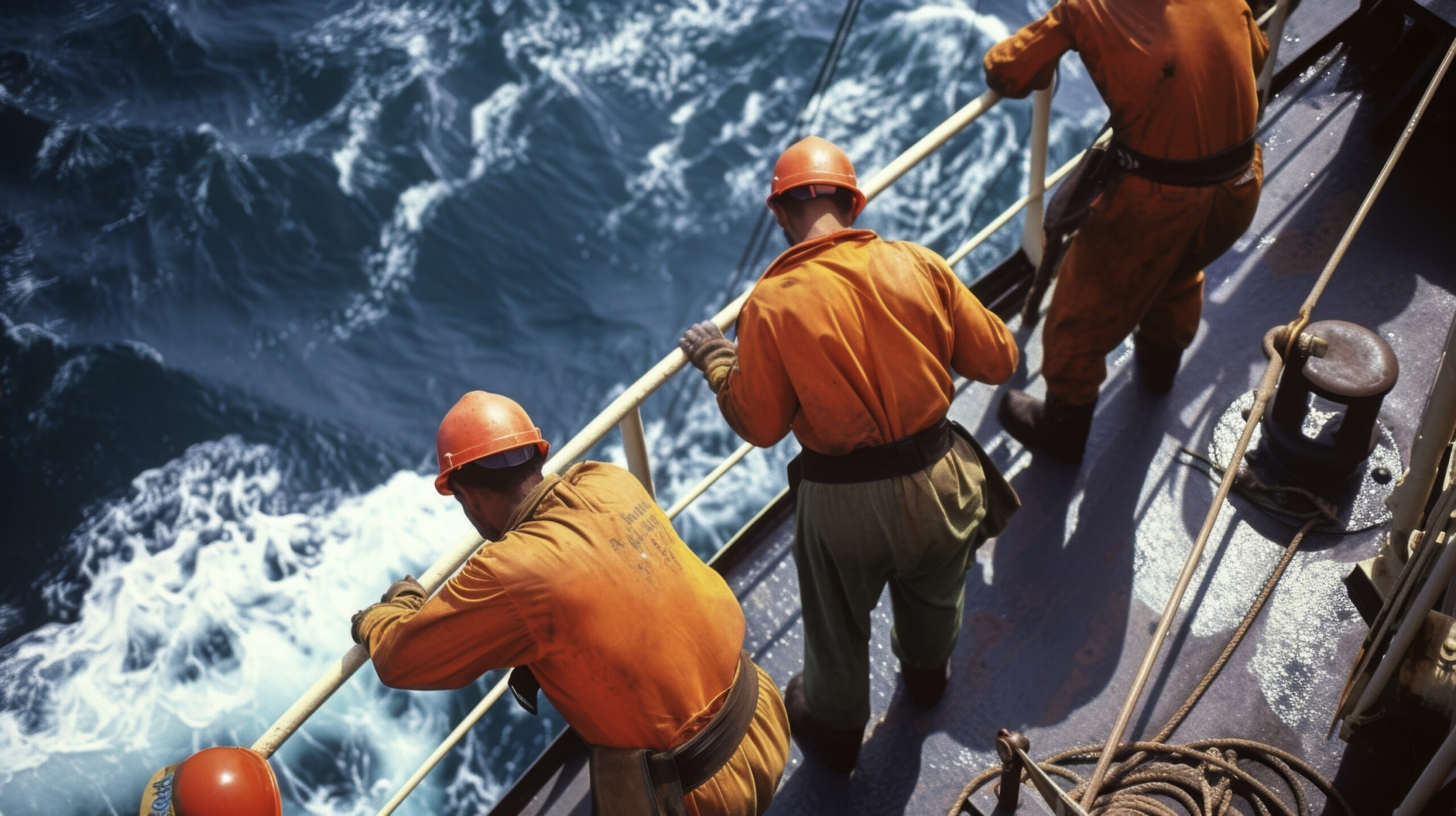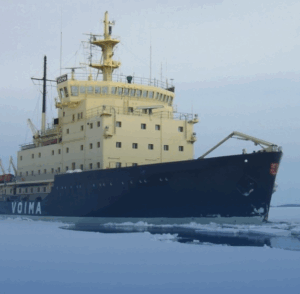The latest report by the Mission to Seafarers, based on data collected in Q3 of 2024, reveals a slight increase in the overall Seafarers Happiness Index (SHI) score to 7.16 out of 10, up from 6.99 in the previous quarter, indicating a gentle upward trend in seafarer happiness. The increase in seafarer happiness this quarter has in part been driven by the unexpected benefits of longer transit routes as a result of tensions in the Red Sea.
The Seafarers Happiness Index (SHI) is a quarterly survey conducted by the Mission to Seafarers, designed to assess the well-being of those working at sea globally.
The latest survey once again reveals a complex picture of satisfaction and underlying challenges for seafarers. Overall happiness has shown a slight improvement, which reflects some positive developments. However, several key areas require urgent attention to enhance the quality of life for seafarers.
Data shows that Africa, North Asia, and the Middle East reported the highest happiness scores this quarter, indicating greater job satisfaction among employees from these regions.
According to the report, dredger crews exhibit high happiness levels, while container ship crews report significantly lower satisfaction.
Furthermore, the Electrical Department ranks as one of the happiest sectors, though it is underrepresented. In contrast, Captains and Second Officers report lower satisfaction, reflecting the pressures of leadership roles that may require additional support.
The latest Seafarer Happiness Index report, reveals a steady increase in satisfaction in several areas of seafaring life, partly due to increased downtime that is attributed to Red Sea diversions.
Whilst the unacceptable risks faced by seafarers on vessels that continue to transit high-risk waters remains a grave concern, it seems that for vessels diverting via other routes, it is allowing additional time for rest, social activities, and establishing better onboard routines.
This has positively impacted team morale and overall well-being. Additionally, the extended time at sea has enabled senior officers to take on a more supportive role, sharing watch duties and dedicating time to training junior crew members, fostering a greater sense of camaraderie and competence on board.
A significant concern among crew members is financial stability, which plays a critical role in overall morale. Many seafarers express anxiety regarding ongoing pay disputes and the stress associated with delayed payments.
Longer contracts of 9 to 12 months correlate with lower happiness scores, indicating a preference for shorter rotations to reduce feelings of isolation and fatigue.
Connectivity remains another crucial factor affecting well-being. Although satisfaction with internet access has improved, many crew members still encounter frustrations with inconsistent connectivity.
Training and development opportunities remain a concern, with many seafarers feeling that existing programs do not adequately prepare them for the real-world challenges they face.
While satisfaction with food quality has improved, many crew members still experience a lack of variety in meal options.
Shore leave satisfaction saw a decline, highlighting the emotional strain caused by limited opportunities to step ashore. Many seafarers voiced feelings of confinement during extended periods at sea.
Interpersonal relationships on board are fundamental to crew well-being, yet there was a slight decline in satisfaction in this area.
Workload management has shown some improvement, particularly due to changes in trade patterns. However, high demands during busy seasons remain a concern, emphasising the need for reasonable work hours and adequate rest periods to prevent stress and burnout.



